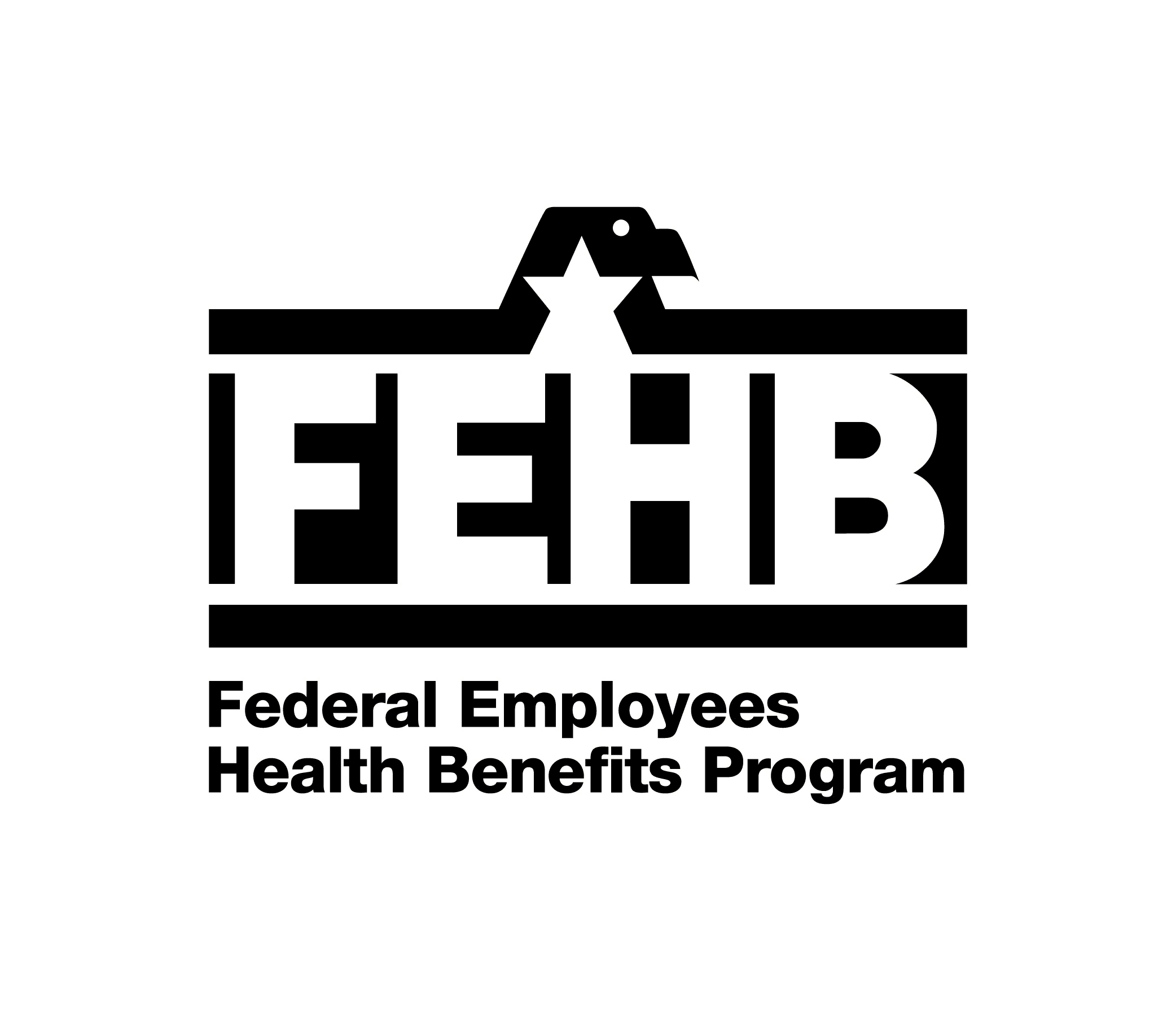The Original Medicare Plan (Original Medicare) is available everywhere in the United States. It is the way everyone used to get Medicare benefits and is the way most people get their Medicare Part A and Part B benefits now. You may go to any doctor, specialist, or hospital that accepts Medicare. The Original Medicare Plan pays its share and you pay your share.
All physicians and other providers are required by law to file claims directly to Medicare for members with Medicare Part B, when Medicare is primary. This is true whether or not they accept Medicare.
When you are enrolled in Original Medicare along with this plan, you still need to follow the rules in this brochure for us to cover your care.
Claims process when you have the Original Medicare Plan – You will probably not need to file a claim form when you have both our Plan and the Original Medicare Plan.
When we are the primary payor, we process the claim first.
When Original Medicare is the primary payor, Medicare processes your claim first. In most cases, your claim will be coordinated automatically and we will then provide secondary benefits for covered charges. To find out if you need to do something to file your claim, call us at 800-HIP-TALK (800-447-8255) or see our website at www.emblemhealth.com.
We do not waive any costs if the Original Medicare Plan is your primary payor.
Please review the following table, it illustrates your cost share if you are enrolled in Medicare Part B. Medicare will be primary for all Medicare eligible services. Members must use providers who accept Medicare's assignment.
Benefit Description - Calendar Year Deductible
High Option You Pay without Medicare: $0
Standard Option You Pay without Medicare: $3,000 per person/ $6,000 per family
High Option You Pay with Medicare Part B: $0
Standard Option You Pay with Medicare Part B: $3,000 per person/ $6,000 per family
Benefit Description - Out of Pocket Maximum
High Option You Pay without Medicare: $6,850 for Self Only/ $13,700 Family
Standard Option You Pay without Medicare: $8,550 for Self Only/ $17,100 Family
High Option You Pay with Medicare Part B: $6,850 for Self Only/ $13,700 Family
Standard Option You Pay with Medicare Part B: $8,550 for Self Only/ $17,100 Family
Benefit Description - Part B Premium Reimbursement Offered
High Option You Pay without Medicare: N/A
Standard Option You Pay without Medicare: N/A
High Option You Pay with Medicare Part B: N/A
Standard Option You Pay with Medicare Part B: N/A
Benefit Description - Primary Care Physician
High Option You Pay without Medicare:$30 Copay - Adult; $0 Copay - Children to age 26
Standard Option You Pay without Medicare: $30 copay, not subject to deductible
High Option You Pay with Medicare Part B: $30 Copay - Adult; $0 Copay - Children to age 26
Standard Option You Pay with Medicare Part B: $30 copay, not subject to deductible
Benefit Description - Specialist
High Option You Pay without Medicare: $50 copay/$0 child copay
Standard Option You Pay without Medicare: $75 copay, after deductible
High Option You Pay with Medicare Part B: $50 copay/$0 child copay
Standard Option You Pay with Medicare Part B: $75 copay, after deductible
Benefit Description - Inpatient Hosptial
High Option You Pay without Medicare: $100 copay per admission
Standard Option You Pay without Medicare: $250 copay per admission, after deductible
High Option You Pay with Medicare Part B: $100 copay per admission
Standard Option You Pay with Medicare Part B: $250 copay per admission, after deductible
Benefit Description - Outpatient Surgery - Hosptial
High Option You Pay without Medicare: $150 copay per visit
Standard Option You Pay without Medicare: $150 copay per visit, after deductible
High Option You Pay with Medicare Part B: $150 copay per visit
Standard Option You Pay with Medicare Part B: $150 copay per visit, after deductible
Benefit Description - Incentives Offered
High Option You Pay without Medicare: N/A
Standard Option You Pay without Medicare: N/A
High Option You Pay with Medicare Part B: N/A
Standard Option You Pay with Medicare Part B: N/A
You can find more information about how our plan coordinates benefits with Medicare in"Medicare And Other Health Benefits: Your Guide to Who Pays First" at www.Medicare.gov | 
